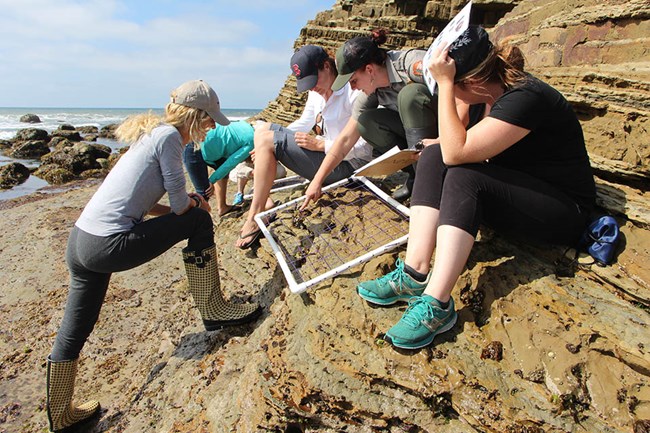
NPS
Named after Juan Rodriguez Cabrillo, the first European to set foot on the West Coast of the United States in 1542, Cabrillo National Monument celebrates the spirit of discovery, and protects the rare natural and cultural riches of the San Diego area.
The monument consists of the 160 acres at the southern-most tip of the Point Loma peninsula, which includes more than 660 acres of native habitat in total. Centuries of development in the region have made the remaining habitats at Cabrillo National Monument among the rarest in the world.
Its high level of diversity of plants and animals is in part because it lies at the southern-most extent of some plant and animal ranges, and the northern-most extent of others. It is also an important stopover for birds along the Pacific flyway. The west side of the monument is home to a wide array of marine and coastal habitats including rocky intertidal areas and kelp forests.
Documents
Source: NPS DataStore Saved Search 3367 (results presented are a subset). To search for additional information, visit the NPS DataStore.
The Mediterranean Coast Network documents its findings in reports published in the NPS Natural Resource Publication Series. All reports are housed and managed through the Integrated Resource Management Application (IRMA).
Source: NPS DataStore Saved Search 1501 (results presented are a subset). To search for additional information, visit the NPS DataStore.
The Mediterranean Coast Network documents its findings in reports published in the NPS Natural Resource Publication Series. All reports are housed and managed through the Integrated Resource Management Application (IRMA).
Source: NPS DataStore Saved Search 1505 (results presented are a subset). To search for additional information, visit the NPS DataStore.
The Mediterranean Coast Network documents its findings in reports published in the NPS Natural Resource Publication Series. All reports are housed and managed through the Integrated Resource Management Application (IRMA).
Source: NPS DataStore Saved Search 1510 (results presented are a subset). To search for additional information, visit the NPS DataStore.
Protocols describe in detail the procedures used to collect, manage, analyze and report monitoring data. They follow strict guidelines for content and format, and are reviewed and revised by subject-matter experts in each field.
Source: NPS DataStore Saved Search 3517 (results presented are a subset). To search for additional information, visit the NPS DataStore.
Species Lists
Select a Park:
Select a Species Category (optional):
Visit NPSpecies for more comprehensive information and advanced search capability. Have a suggestion or comment on this list? Let us know.
Last updated: December 6, 2019
